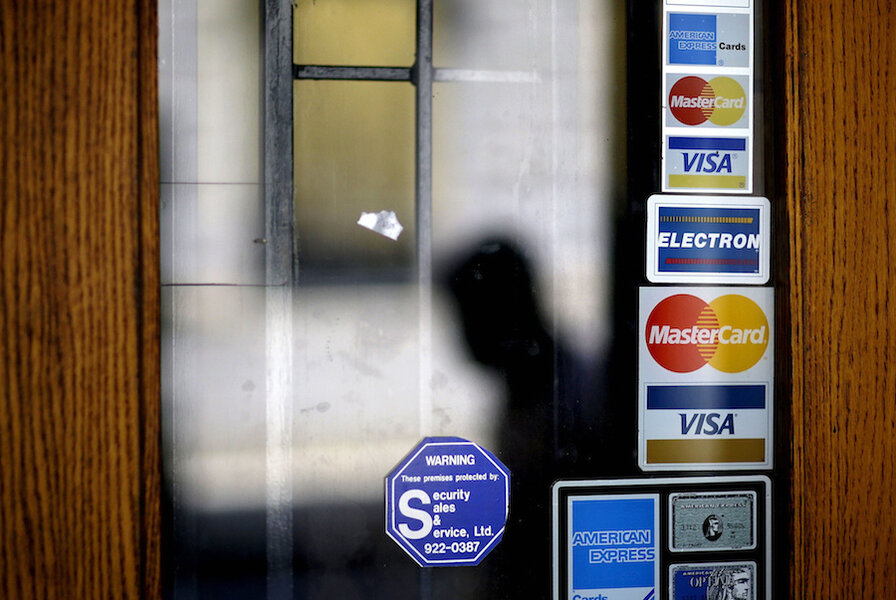Are cash-back reward credit cards a good deal?
Loading...
Most people won't be surprised to find out credit card rewards are in the midst of a meteoric rise. A week doesn’t go by without media outlets reporting on new flashy bonuses or how banks are emptying their pockets to lure in new customers. Amid all the glitz and glamour, cash-back credit cards are rarely seen in the spotlight. Airline-mile and point-earning cards typically are the ones that dominate the headlines. Cash-back have remained, by comparison, conservative. The trend has led some to wonder how these types of credit cards can compete in this climate. As we'll explore, thanks to a unique set of benefits along with some intrinsic features, cash-back cards can still provide value to consumers that will keep them relevant in the foreseeable future.
To the naked eye, cash-back credit cards appear to be lagging behind on two fronts: rewards from spending and bonuses. With the exception of a few cards, most of the top cash-back offers give consumers, on average, a 1.5% return on all purchases. The absolute best bonuses push $100 - $150 in value. Contrast that against some of the best travel credit cards, which carry rewards rates around 2.1% or more and frequently offer up bonuses worth over $700.
The disparity can be partially explained by examining how the different credit card reward redemptions work. With cash-back, what you see is what you get. Cards that advertise a 1.5% cash back rate will award you 1.5% cash back – it’s as simple as that. Any card that deals with points or miles will be trickier. You are usually presented with many options. Depending on how you use your miles, your returns will vary greatly. Only people who are willing to plan and organize their redemptions can get consistently good results.
Many consumers tend to underutilize their point and mile rewards, which is one reason for why banks can offer much bigger incentives. Many consumers don’t even bother to use their rewards at all. As a result, points and miles frequently go unredeemed. Past research suggests around 33% of credit card rewards go unused. Cash back rewards, on the other hand, are often automatically applied to the card statement. This makes them uniquely situated to serve people who don't have the desire to manage their points and miles.
What Does This Mean For Consumers?
Anyone who is interested in getting the best savings and deals shouldn’t ignore any type of credit card – even if those cards aren’t generating headlines. There’s enough room in people’s wallets for both cash-back and mile credit cards. The trick is to identify exactly what you want and need out of a card to help determine the best fit.
Here are a few scenarios in which cash-back credit cards can be useful for today’s consumer:
- If you’re not an optimizer, cash back reigns supreme. Many consumers do not have the time, or patience, to make sure they’re getting the best deal out of their credit card miles. Cash-back credit cards offer a good solution here, since they often have simple redemption options.
- Deal seekers may also want flexibility. Even optimizers can make use of cash-back rewards. Those who play the credit card reward game know that the biggest savings often leave you tied to a select few reward programs. Do you fly frequently with JetBlue? You should probably be using one of the JetBlue credit cards to maximize rewards. But what happens if you can save a significant amount of money by switching carriers? In those scenarios, using a cash-back credit card can give you better savings.
- Cash-back credit cards tend to focus their rewards on more everyday categories. The tantalizing card bonuses are typically aimed at a specific group of spenders – travelers who frequently dine out and enjoy a bit of luxury. These cards, for the most part, ignore everyday things like grocery shopping or gas station spending.
These types of factors help cash back remain relevant. Not only does this work on a theoretical level, but in practice as well. Last year, JPMorgan Chase rolled out a new cash-back card, the Chase Freedom Unlimited. Despite not generating much fanfare, the card reportedly grew to over one million accounts since launching in Q1 2016.
This story originally appeared on ValuePenguin.





